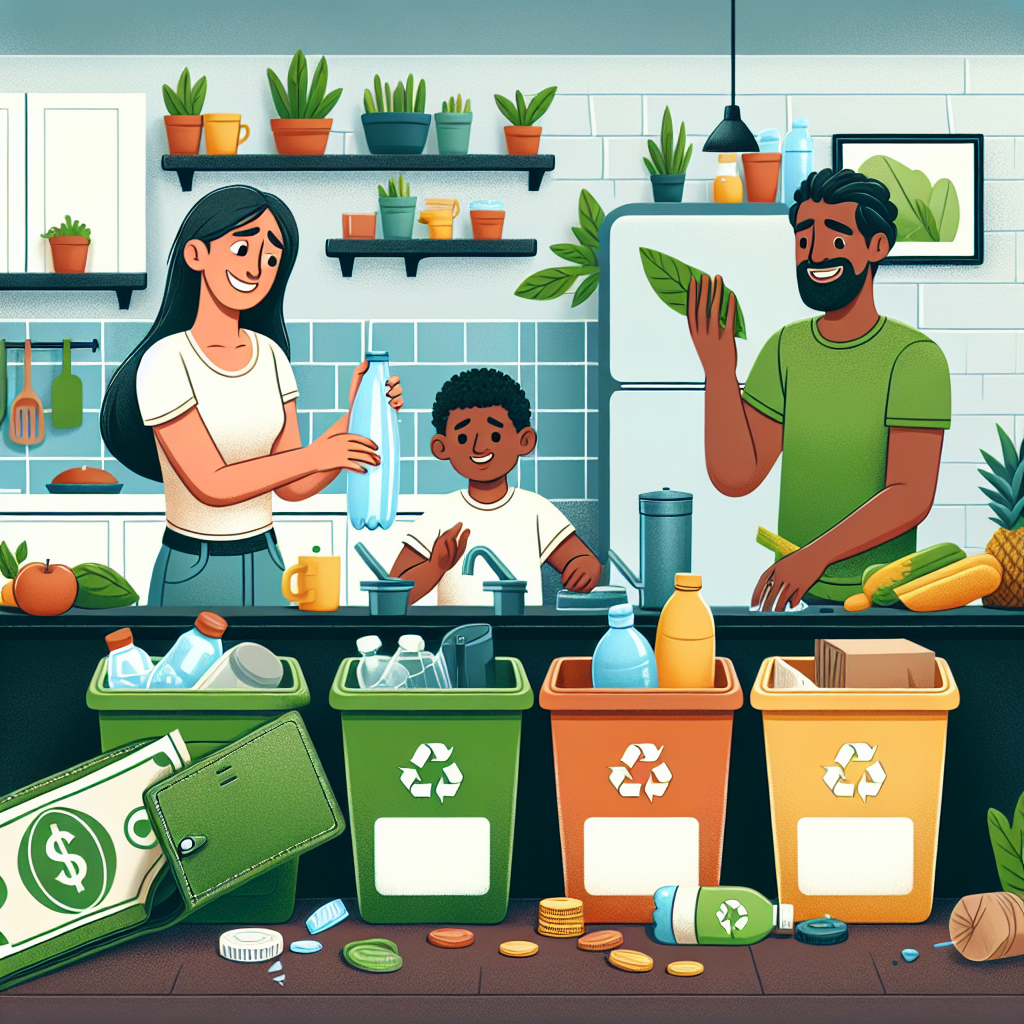In a world where environmental concerns are at the forefront of global discussions, the zero-waste movement has gained significant traction. It promotes the idea of minimizing waste by making conscious choices. However, many people associate living a zero-waste lifestyle with high costs: fancy reusable containers, organic products, and expensive bulk items. But the truth is, you can adopt a zero-waste ethos without breaking the bank. Here’s how to reduce waste while staying budget-conscious.
1. Assess and Plan for Zero Waste
Analyze Your Waste: Start by understanding what you typically throw away. Keep track of your waste for a week to identify the biggest contributors. This could range from food scraps to packaging from store-bought products.
Meal Planning: One of the biggest sources of waste is food. Plan your meals for the week based on what you already have at home. This not only saves money but also prevents food.
2. Shop Smart
Buy in Bulk: While some bulk products may seem expensive upfront, they often save money in the long run. Bring your own containers to bulk stores to avoid packaging. Items like grains, nuts, and spices are typically cheaper and come without plastic wrapping.
Start with Local Markets: Farmers’ markets often offer fresh produce without plastic packaging. Not only is it a great way to support local farmers, but the prices can also be lower than grocery stores.
Use a Shopping List: Stick to a list to avoid impulse buys that could lead to unnecessary. Make sure to check your pantry before heading out.
3. Ditch Single-Use Items
Make Your Own: Instead of buying single-use items like paper towels or plastic bags, consider making your own reusable alternatives. For example, you can create reusable produce bags from old t-shirts or sew cloth napkins from fabric scraps.
Opt for Second-Hand: Check thrift stores or online marketplaces for second-hand items. From reusable containers to clothing and household goods, you can find what you need without contributing to new waste.
4. Embrace DIY Solutions
Beauty and Cleaning Products: Make your own cleaning supplies and personal care products. Simple recipes using ingredients like vinegar, baking soda, and essential oils can replace most commercial products, saving you money and reducing packaging.
Gardening: Growing your own herbs and vegetables is an excellent way to save money while reducing packaging. If space is tight, consider a windowsill garden or using pots.
5. Composting
Start Composting: Food scraps and yard waste make up a significant portion of landfills. Start a compost bin in your backyard or get a countertop composter for small spaces. Composting reduces waste while providing nutrient-rich soil for your garden.
6. Learn and Share
Educate Yourself: Read books, watch documentaries, and follow influencers on social media. The more you learn about sustainable practices, the easier it will be to implement them affordably.
Community Engagement: Join or create a local group. Share tips, tools, and excess items with fellow members. Not only is this economical, but it also fosters community connections.
7. Be Patient and Flexible
Start Small: Transitioning to a zero-waste lifestyle is a journey. Begin with small changes, such as carrying a reusable water bottle or coffee cup. Gradually incorporate more practices as you feel comfortable.
Be Realistic: Perfection isn’t the goal. Expect to have some waste, and don’t stress over it. Every effort counts, and thoughtful choices can lead to significant changes over time.
Conclusion
Living a zero-waste lifestyle doesn’t have to be expensive. By adopting mindful practices and making small changes, you can reduce without putting a strain on your budget. Remember that every step you take helps the planet, proving that sustainability can thrive even on a budget. Embrace the challenge and enjoy the journey toward a more sustainable life!



